A brief history of Cortana, Microsoft's trusty digital assistant
Cortana is Microsoft's first major foray into consumer-facing artificial intelligence (AI). But how did it all get started? And where did Microsoft get the name "Cortana?" Keep reading for answers.
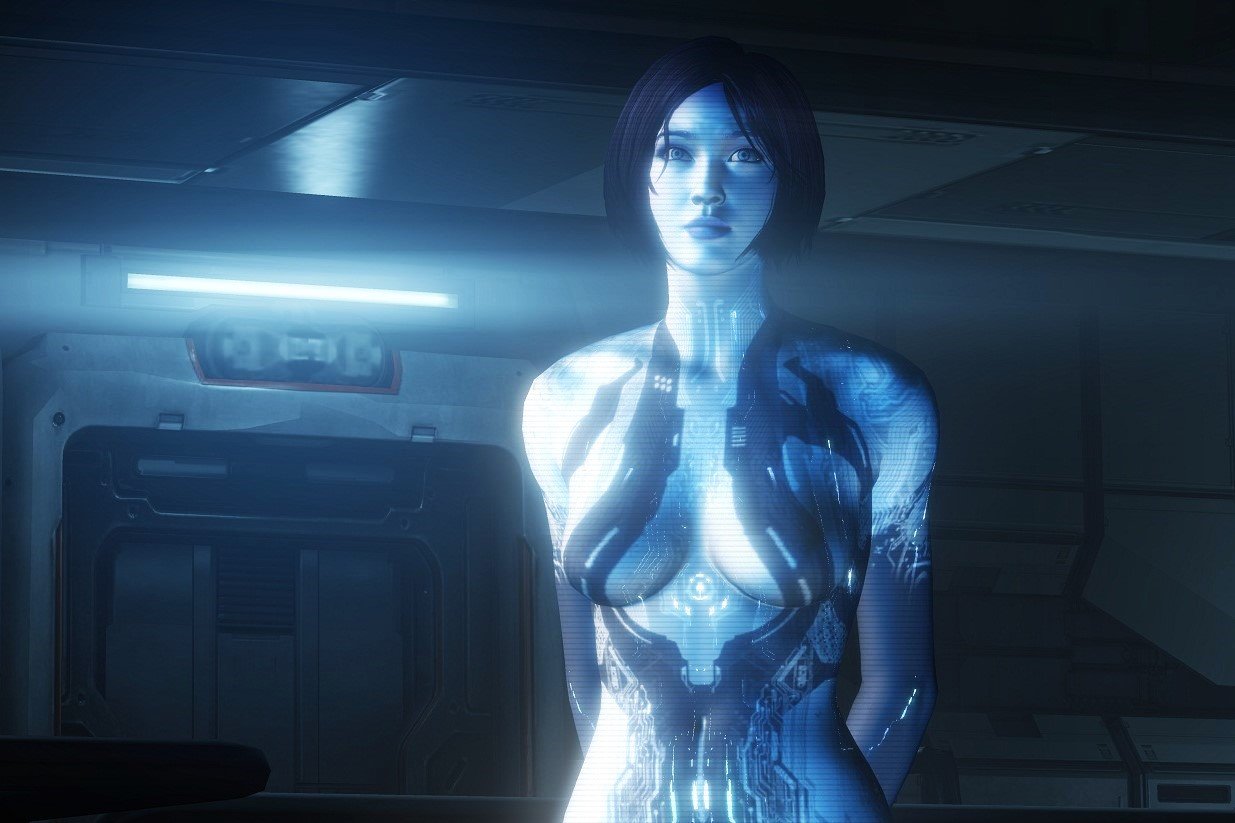
Cortana was first demonstrated at Microsoft's Build 2014 developer conference, and it became directly integrated into both Windows phone devices and Windows 10 PCs. Cortana was, originally, simply a codename for the service. But an outpouring of fan interest led to Microsoft opting to stick with the name.
Here's a quick look at Cortana's history, development, and the digital assistant's future.
What's new on Cortana for the Windows 10 Creators Update
Cortana and Windows Phone "Blue"
Cortana launched in the US originally for Windows Phone 8.1 in 2014, and it eventually expanded out to Windows 10 Mobile, Windows 10 PCs and Xbox One, and even iOS and Android. While Cortana's features vary by OS, it's most powerful on Windows 10 PCs in the U.S., where it can track flights, set reminders, provide breaking news stories, and much more.
Cortana was originally spotted in 2013, when a developer-enabled Lumia phone was accidentally sold to a consumer. All we knew then was that something called "zCortana" was on the way. A few months later, it became clear that that Cortana was no mere voice assistant, but it could also perform complex actions such as setting reminders and issuing alerts.
The leaks were enough to capture the imagination of the optimistic Windows Phone community, which, at the time, had enjoyed some market share victories in certain European territories, spearheaded by an aggressive Nokia advertising campaign. Windows Phone "Blue" was set to deliver Cortana to that small but passionate community in an update that was eventually known as Windows Phone 8.1.
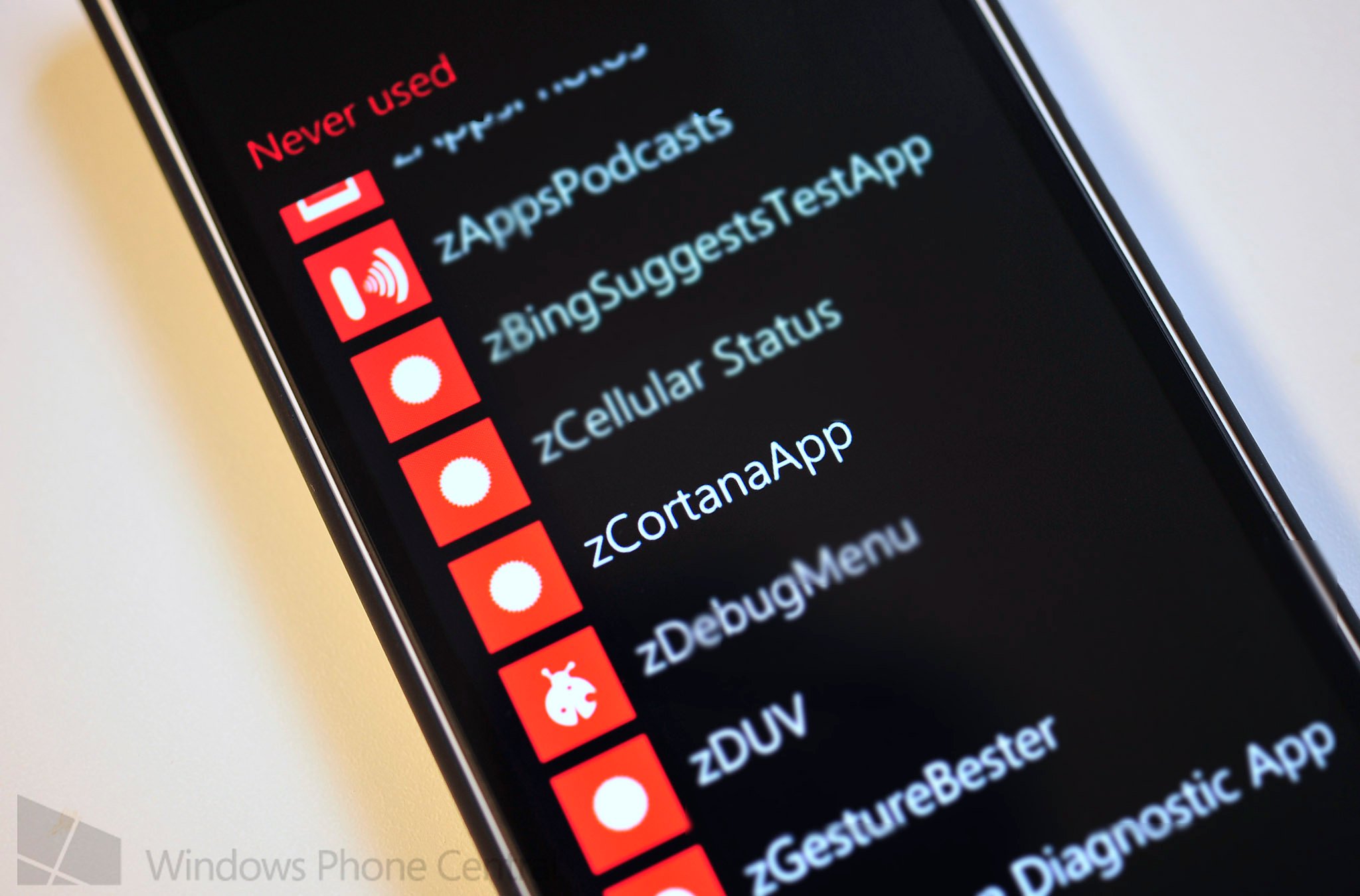
In 2017, Cortana is primarily found on Windows 10 PCs, where it can provide reactive support using natural language cues. The project is still on-going, led by Marcus Ash, Microsoft's group program manager for Cortana.
Get the Windows Central Newsletter
All the latest news, reviews, and guides for Windows and Xbox diehards.
Where did Microsoft get the name Cortana?
Cortana was "codenamed" after the A.I. of the same name from the popular Halo game franchise.
In Halo, Cortana supports the Halo character Master Chief directly, integrated into his Spartan combat armor. In Halo, Cortana provides tactical advice, instant-access information, and calculations that far exceed the capabilities of even a super-human Spartan soldier.
The code name resonated with Microsoft fans so strongly that a feedback petition was begun to persuade Microsoft to keep the Cortana identity.
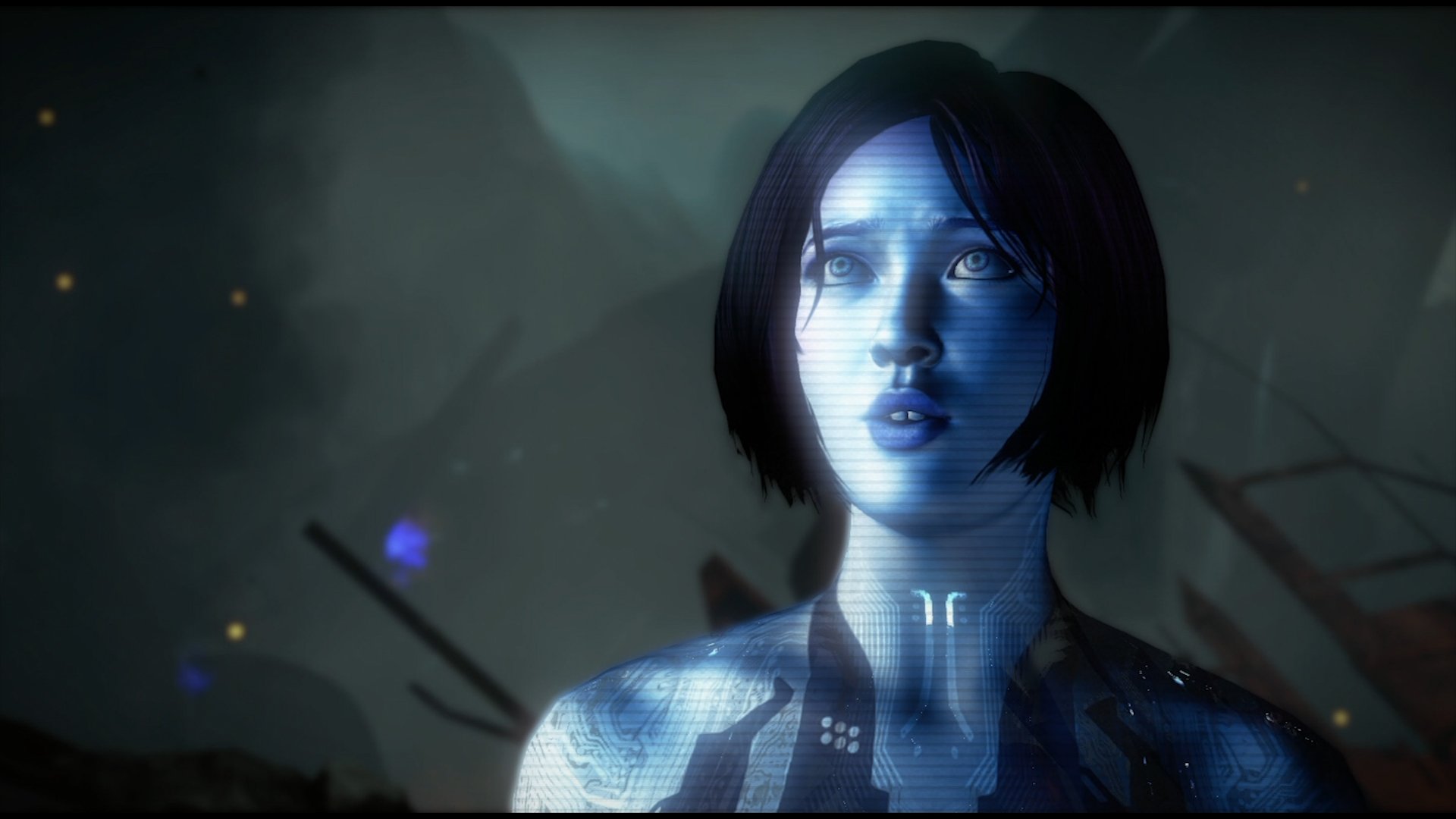
Microsoft got on board, and it even enlisted Cortana's official voice actress, Jen Taylor, to provide on-going voice work for the assistant's U.S.-version.
Cortana's in-game personality also affected the delivery of its Microsoft assistant version. Cortana is sassy, has an array of fun jokes, and plenty of Halo-inspired Easter eggs to uncover in discussions. The assistant has been localized into various languages, complete with unique conversational nuances per region. The feature set varies by territory, as of writing, but Microsoft is working to bring Cortana capabilities to more locations.
Cortana development
Cortana's development actually began in 2009, under Zig Serafin and Larry Heck, who were engineers working with Microsoft Research and the Microsoft Speech team. Heck and Serafin set about creating a digital assistant that would not only provide assistance with day to day tasks but also learn your habits and respond in an anticipatory way.
If you are the kind of person who has a daily routine, and the kind of person who leverages Cortana for setting meeting schedules or checking traffic, it will begin to remember your daily cycle and provide that information automatically, at least in theory.
For Heck, the first release offered a taste of what he had in mind. Over time, Heck wanted Cortana to interact in an increasingly anticipatory, natural manner. While not a true AI, Cortana does exhibit increasingly recognizable human-like traits, and that's no accident. Here's what Heck had to say back in 2014.
The base technologies for a virtual personal assistant include speech recognition, semantic/natural language processing, dialogue modeling between human and machines, and spoken-language generation. Each area has in it a number of research problems that Microsoft Research has addressed over the years. In fact, we've pioneered efforts in each of those areas.
I've experienced Cortana automatically pulling flight information from my emails, and it has on more than one occasion, updated me on a gate change before the airline. A wealth of impressive features make Cortana an excellent service, and it's improving all the time.
A vision for Cortana
Cortana leverages Bing's web search engine to provide information from the internet, while utilizing in-house machine learning algorithms developed by Microsoft Research.
More and more companies are investing in A.I. technology, including Google and Facebook, as all the major tech companies vie for a hand in the next major tech paradigm shift.
A hologrammatic Cortana concept for HoloLens.
Heck set out Cortana's long-term vision to involve more complex interactions, including gestures and speech and text recognition, even payments and banking. Heck believes that Cortana, and its competitors such as Apple's Siri and Google Assistant, are still far from maturity.
I believe the personal-assistant technology that's out there right now is comparable to the early days of search, in the sense that we still need to grow the breadth of domains that digital personal assistants can cover. In the mid-90s, before search, there was the Yahoo! directory. It organized information, it was popular, but as the web grew, the directory model became unwieldy. That's where search came in, and now you can search for anything that's on the web.
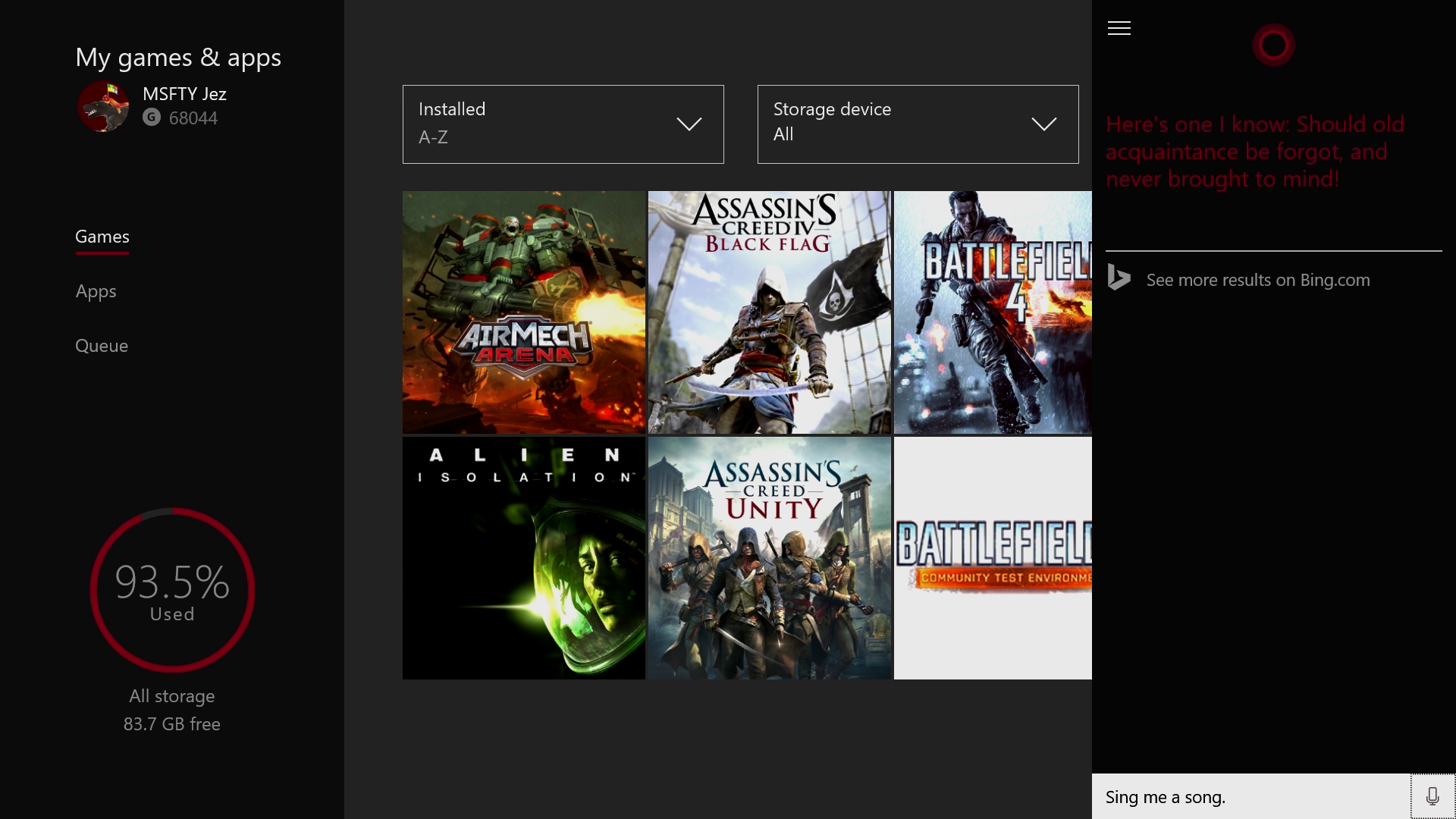
Microsoft has intentionally built Cortana to scale out to all the different domains. Having a long-term vision means we have a long-term architecture. The goal is to support all types of human interaction—whether it's speech, text, or gestures—across domains of information and function and make it as easy as a natural conversation.
Cortana became slated for its first outing on a dedicated speaker and microphone combo in 2017 with the Harman Kardon "Evoke" speaker. And it made the leap to Android, iOS, and Xbox One throughout 2015 and 2016. With Cortana on hundreds of millions of Windows 10 devices (as of writing), it has contributed to huge growth in the Bing search engine, which has historically struggled to compete against Google's dominance.
In 2016, Microsoft announced that developers would be able to connect with Cortana through a new bots platform, in addition to plugging into it directly for natural interactions. You can now make Skype calls, search and play third-party music apps, and even hail Uber cabs, using Cortana's natural language commands.
What's next for Cortana?
Microsoft should be looking to expand Cortana's feature set towards parity across different regions. The U.S. Cortana has, thus far, been the "flagship" version, with other anglo-centric territories coming next. Various regions don't have access to Cortana at all, making it more of a curiosity than a global phenomenon.
Every major Windows 10 update bridges the gap further, however, while expanding its toolset in the process.
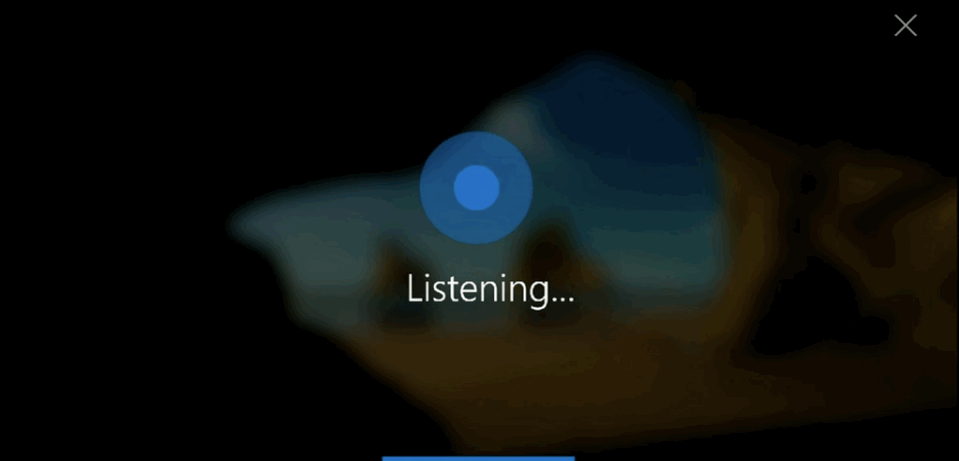
The new Windows 10 Creators Update gave Cortana the ability to move certain apps from one device to the next, using what Microsoft has dubbed "pick up where you left off." (Microsoft has rarely been great at naming features.) To help train new PC users into getting used to using Cortana, it also now comes baked into the initial Windows 10 setup experience, in addition to adding enhancements to reminders, and various other features.
Will we ever see a full-blown Cortana AI hologram, as seen in the Halo games? Only time will tell, but it's clear that Microsoft has big aspirations for the product. We'll just have to wait and see just how far "she" gets.

Jez Corden is the Executive Editor at Windows Central, focusing primarily on all things Xbox and gaming. Jez is known for breaking exclusive news and analysis as relates to the Microsoft ecosystem while being powered by tea. Follow on Twitter (X) and Threads, and listen to his XB2 Podcast, all about, you guessed it, Xbox!
